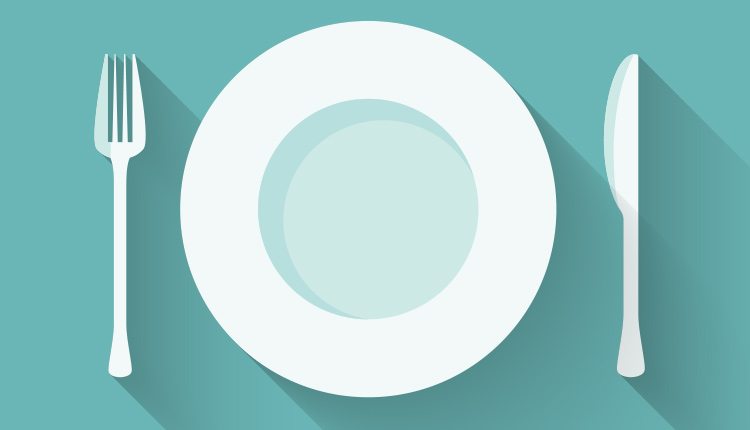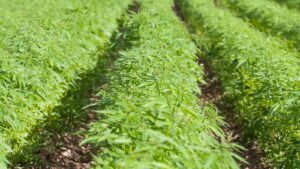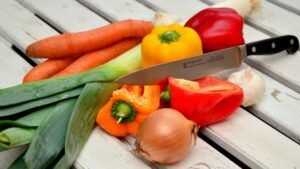Why National Geographic’s food blog has struck a chord with readers.
For decades, National Geographic has been enlightening magazine readers and television viewers with all manner of stories about geography, history and natural science. More recently, it’s added new media platforms to help broaden this reach, and The Plate, an immensely popular food-focused blog found at NatGeoFood.com, is part of this evolution.
Launched in May 2014 as part of a major National Geographic initiative called The Future of Food, The Plate is dedicated to exploring issues surrounding how we eat today, and how enough food can be provided for all as the world’s population grows and climate change continues to impact agriculture and other food production systems.
“We see it as an extension of our dialogue with readers,” says Kaitlin Yarnall, deputy creative director of National Geographic magazine and the lead editorial manager for The Future of Food initiative.
“We had our big magazine set pieces that were coming out every month, and we wanted to provide daily content so we thought the best way to do that was to get some of the very best minds on food working on it and writing for us regularly,” she says.
In addition to The Plate, NatGeoFood.com includes food-related content from National Geographic magazine as well as online news and a host of digital-only features such as videos and social media conversations. According to Yarnall, The Plate is an important component of the site that’s extremely popular with viewers.
“The traffic has been great. Readers love it, and they come back to it,” she says. “It’s become a destination for us, and it allows us to really cover topics that are smaller bites of the apple, smaller chunks of the larger food issues we explore in a short-form digitally.”
Yarnall says two to five entries are posted daily on The Plate, which in addition to numerous guest contributors currently has four main writers who regularly contribute blog pieces: April Fulton, Rebecca Rupp, Mary Beth Albright and Mary McKenna.
Leading the team is Fulton, a seasoned Washington, D.C. food and health journalist who is The Plate’s editor and senior blogger. Rupp has a PhD in cell biology and biochemistry, and has authored more than 200 articles for national magazines and nearly two dozen books for both kids and adults. Albright is a writer and a food attorney who has worked in the past at the U.S. Surgeon General’s office and as a restaurant critic. Mary McKenna is an internationally published journalist writing about health and food policy issues.
According to Yarnall, the larger food initiative of which The Plate is a part has exceeded all expectations. The Future of Food started as an eight-month magazine series and has since evolved into five-year initiative by National Geographic.
“The response has been overwhelming,” Yarnall says, adding the diverse food coverage in NatGeoFood.com seems to have really struck a chord—and not just with National Geographic’s regular readership.
“We also have a group of readers that come only for our food coverage, and we wouldn’t have tapped into that readership without having this site,” Yarnall says.
“Food is so many things. It’s a way to explore our world [and] a way to explain health and culture and climate, the issues that are important to our readers, through a very applicable lens,” Yarnall explains. “You can tell most stories through the lens of food.”















